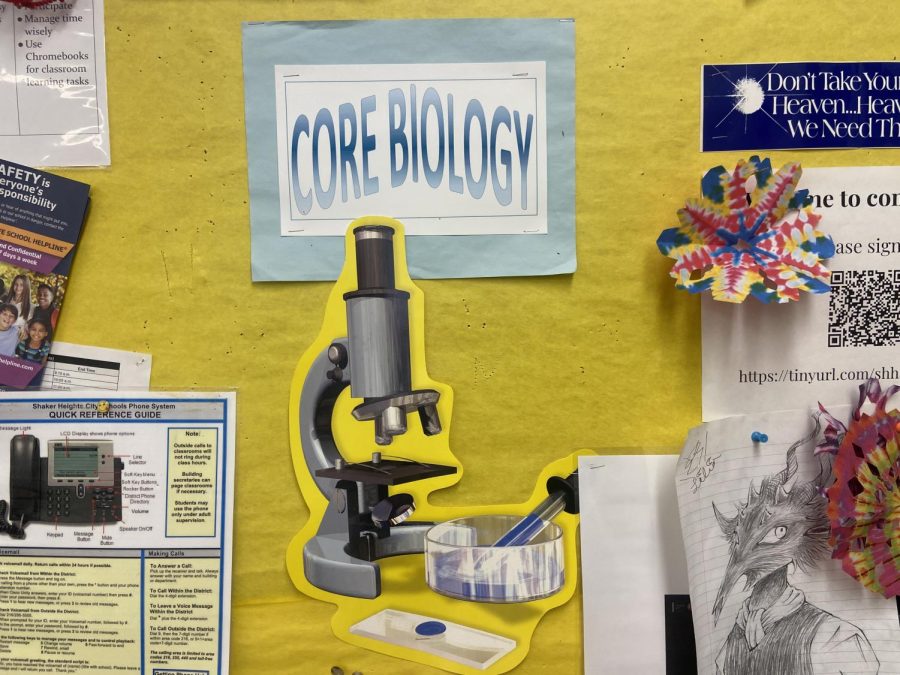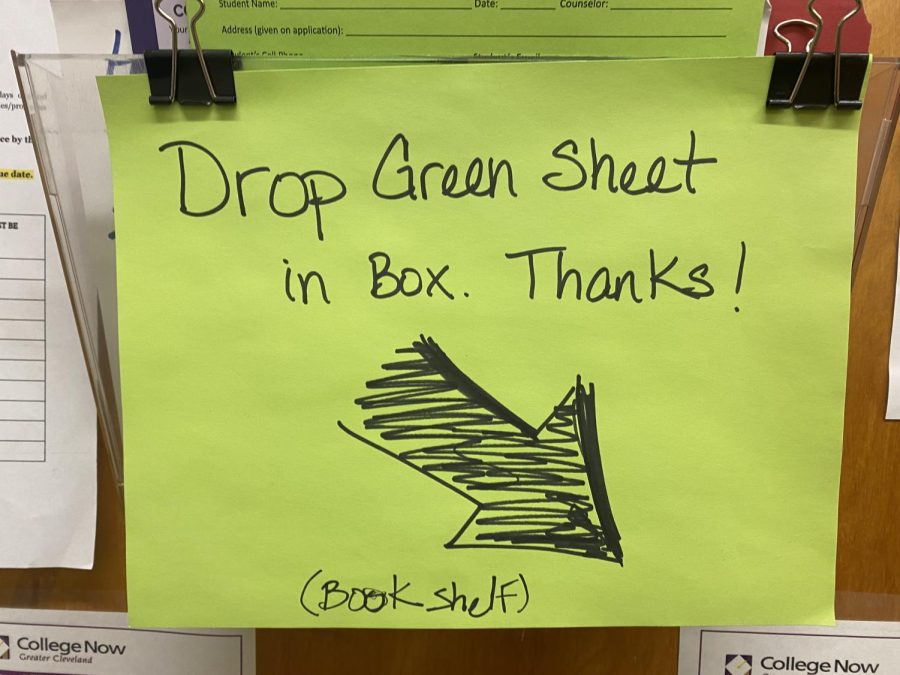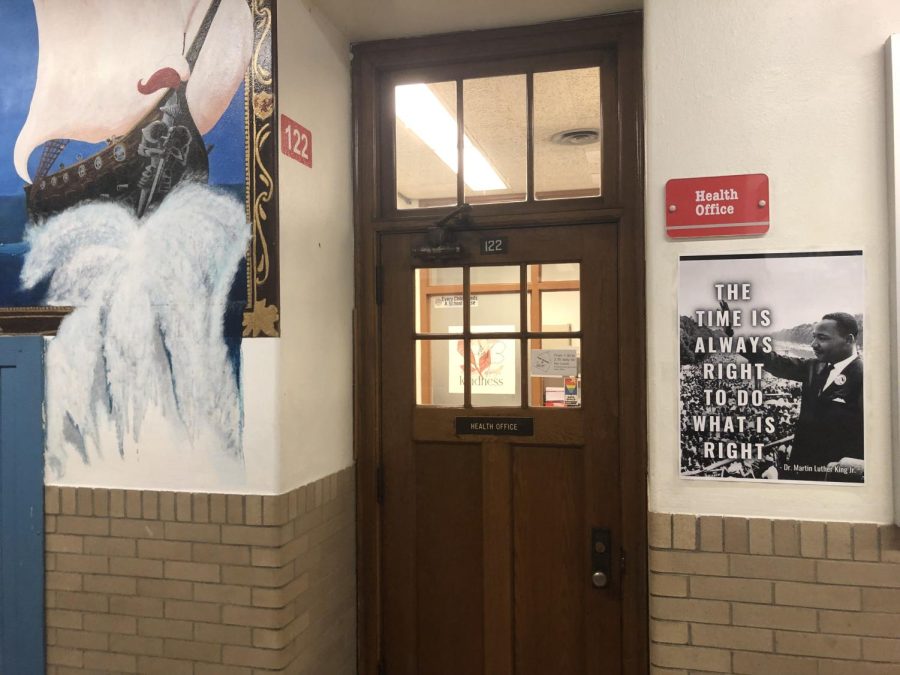Applying to college? Join the club.
Or join all of them.
For students deeply entrenched in the ever-more competitive college application process, clubs are playing an increasingly important role in their efforts to set themselves apart from their peers.
“There’s a difference between a car and a Lexus. Both will get you there, but one will turn heads on the way,” Assistant Principal Eric Hutchinson said. The Lexus, in this case, is the high school student who goes above and beyond in his/her extracurricular activities.
Clubs are part of the authentic high school experience, but they haven’t always been as bountiful. “The number of clubs has definitely grown over the years since I was [a student at] Shaker 30 years ago,” counselor Eric Peterjohn said. “For example YEH and SGORR were only founded after I left.”
The high school officially recognizes 56 clubs, meaning about one club for every 35 students.
As students go through their four years, administration, counselors, teachers and peers pressure them to join this club and that—often until students’ schedules are crammed with too many clubs and they become what Guidance Department Chairwoman Eileen Blattner calls “overclubbers.”
According to Blattner, “overclubbers” should know: colleges look more for leadership and deep commitment in a few clubs than a laundry list of many. “If you’re really involved, colleges know you can’t do a gazillion things,” Blattner said.
Still, many students start clubs without considering the benefits to college admission. “I thought it would be fun, and through this club I can pursue something I really wanted to do, like spend time with animals,” sophomore Cherie Lo said. Lo, president of her class, started a club this year called Protecting Animal Welfare Society, or PAWS, for helping animals.
Clubs such as Lo’s have great incentives for membership, not just for college but also for its laudable efforts.
Unfortunately, students often join a club more for college credit than for merit reasons. “I think people definitely do [join for college], which I have mixed feelings about,” Green Club President Isabel Robertson said. “It’s great that people join…but I wish they actually had strong feelings about the club.”
Science Olympiad adviser John O’Verko also acknowledges college as an incentive. “I think that goes with a lot of clubs here…But even the students who think it looks good on college applications enjoy it or they’re not going to put the work in,” he said.
For some students, such as junior Luke Weinberg, a club can inspire further interest or involvement in an issue or activity. “I thought it would help me get into college, but when I went to SGORR meetings, I figured out the cause was something I could really stand for,” he said. “So when the opportunity came to try out for Core, I went for it.”
Weinberg sees SGORR’s influence on his outlook on life as the best asset for college applications. “If not the label of SGORR that I put on my application, it’ll be the college essay that I write on how SGORR has changed my life,” Weinberg said. “That’s what’s going to get me in, not the label. People talk too much about the label. It’s what you make of it.”





